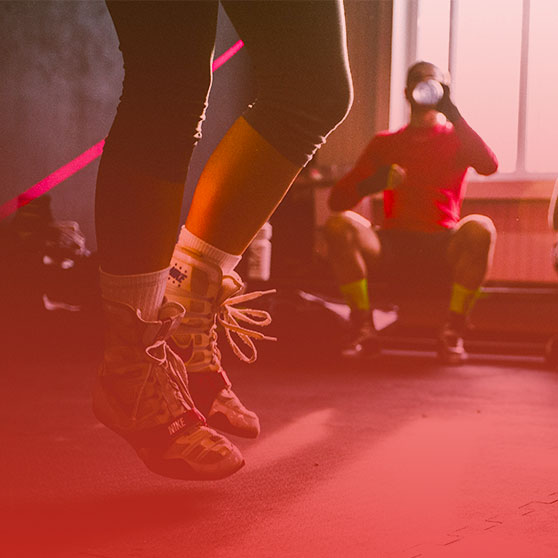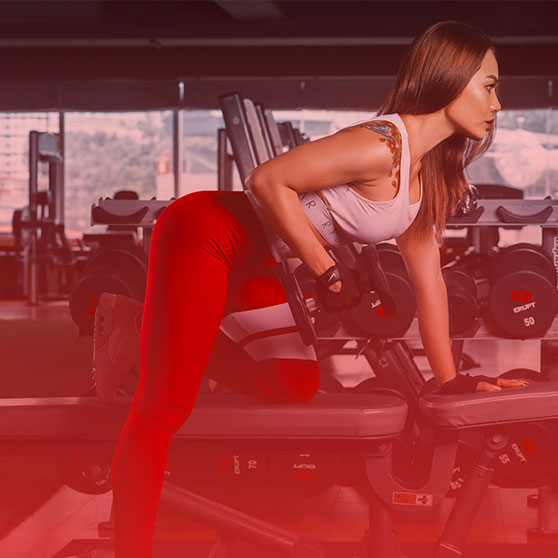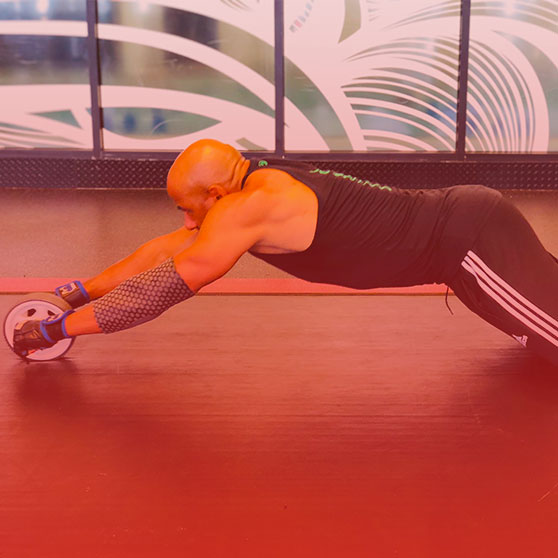Corrective Exercises
In today's world, we spend most of our lives hours and hours behind computer screens and smartphones. Although we may not realize it, slowly but surely, this lifestyle deteriorates our physical well-being. We end up experiencing chronic pains with no idea where they came from. However, the good news is that we can take charge of our fitness by doing some corrective exercises.
What are Corrective Exercises?
In simple terms, corrective exercise is a physical activity or exercise chosen to correct a specific dysfunction. Corrective exercise mostly helps assess and identify the root causes of imbalances and faulty movement patterns that lead to posture, balance, and total body coordination issues. Some of the benefits of corrective exercises are increased flexibility, joint stability, muscle activation, reduced risk of injury, just to mention a few. Explained below are some of the five corrective exercises recommended by certified trainers.
Lying Rotations
This exercise targets the oblique muscles which wrap around the torso. The muscles originate on the ribcage and attach to the ribcage. The move stretches the obliques to improve torso rotation hence taking off stress from the shoulder complex and arm. Lying rotations are recommended for ailing or imbalanced shoulders.
Two Tennis Balls on Upper Back
Thoracic kyphosis(rounding of the upper back) is one of the most causes of chronic pain. It is caused by extended periods of sitting or chronic stress. The problem can be treated by the two tennis balls on the upper back exercise. The exercise reconditions the muscles of the upper midback and promotes extension in the thoracic spine.
Lunge Knee with Pull
This exercise is recommended to help rebuild the Gluteus Maximus for less painful walking. The exercise strengthens the gluteal to slow down and transfer weight over the feet. Thus, reducing overpronation and lessening the pain and impact felt throughout the body as a result of weak gluteal muscles.
Backstep with Arm Raised
This exercise helps realign and retrain the entire body. It does this by combining the calf and hip flexor stretch while strengthening the upper back and shoulders muscles. It increases flexibility and mobility. Overall, it ensures you perform daily activities like walking, standing, and running without pain.
Hip Flexor Stretch
This corrective exercise triggers the lumbar spine for less pain. The majority of the muscles in the hip Flexor group originate from the lumbar spine. The lumbar spine becomes disrupted when the muscles are chronically shortened from prolonged sitting. The exercise ensures that the spine, hips, and pelvis move back into alignment by stretching the hip flexors.
Next Level Fitness is excellent at providing personalized fitness programs.
Corrective Exercises help reteach better movement patterns. The best way to gain from corrective exercises is to find a specialist. The specialist will offer the best corrective exercise to solve your specific problem. Next Level Fitness is excellent at providing personalized fitness programs. Click here to book an appointment. Take charge of your health!






